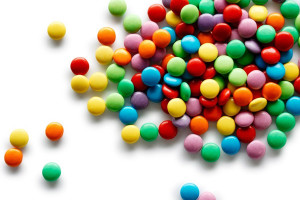Food coloring, or color additive, is any dye, pigment or substance that imparts color when it is added to food or drink. Food colouring comes in many forms consisting of liquids, powders, gels, and pastes. It can be used both in monetary food production and in domiciliary cooking. As it is safe and easy availability, food coloring can also be used in different types of non-food applications including cosmetics, pharmaceuticals, home craft projects and medical devices.
The reasons for using Color additives in foods are:
- Offset color loss due to exposure to air, light, moisture, temperature extremes, and storage conditions
- Provide color to colorless and “fun” foods
- Enhance colors that occur naturally
- Make food more attractive and appetizing, and informative
- Correct natural variations in color
The naturally derived colors may not be required to get certified by a number of regulatory bodies throughout the world (including the FDA), and they still are needed to be approved for use in the country. The FDA lists “color additives exempt from certification” for food through subpart A of the Code of Federal Regulations. However, this list contains substances which may have artificial origins, like natural identical beta-carotene. FDA’s permitted colors are classified as subject to certification or an exemption from certification, both of which are subject to rigorous safety standards prior to their approval and listing for use in foods.
The Certified colors are synthetically produced and are used widely because they impart an intense, uniform color and are less expensive, and they blend more easily to create a variety of hues. There are nine certified color additives approved for use in the United States. Certified food colors generally do not add undesirable flavors to foods.
Colors that are exempted from certification include pigments derived from natural sources such as vegetables, minerals or animals. Nature derived color additives are typically more expensive than certified colors and may add unintended flavors to foods. Examples of exempt colors include annatto, beet extract, caramel, beta-carotene, turmeric and grape skin extract.

